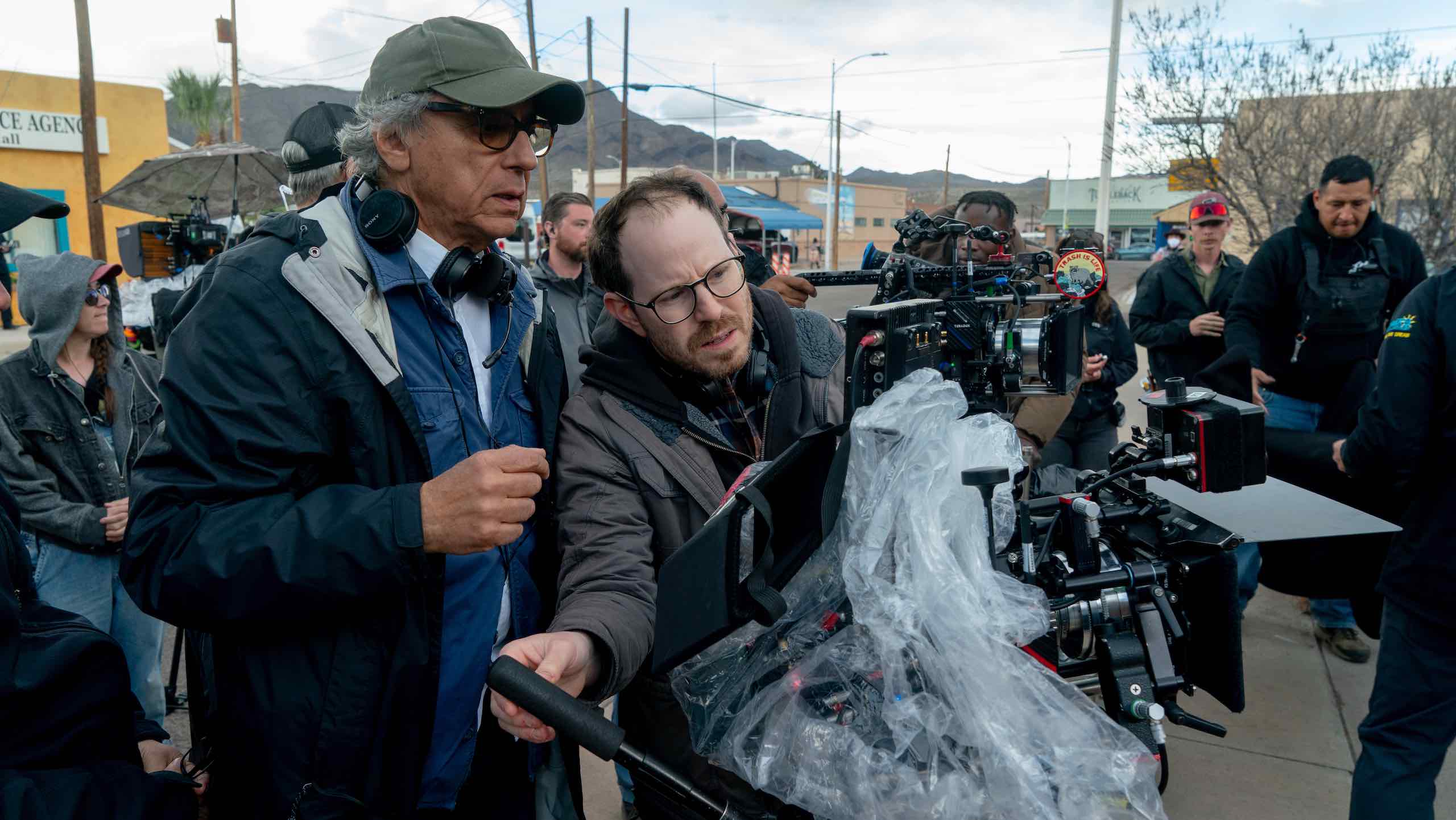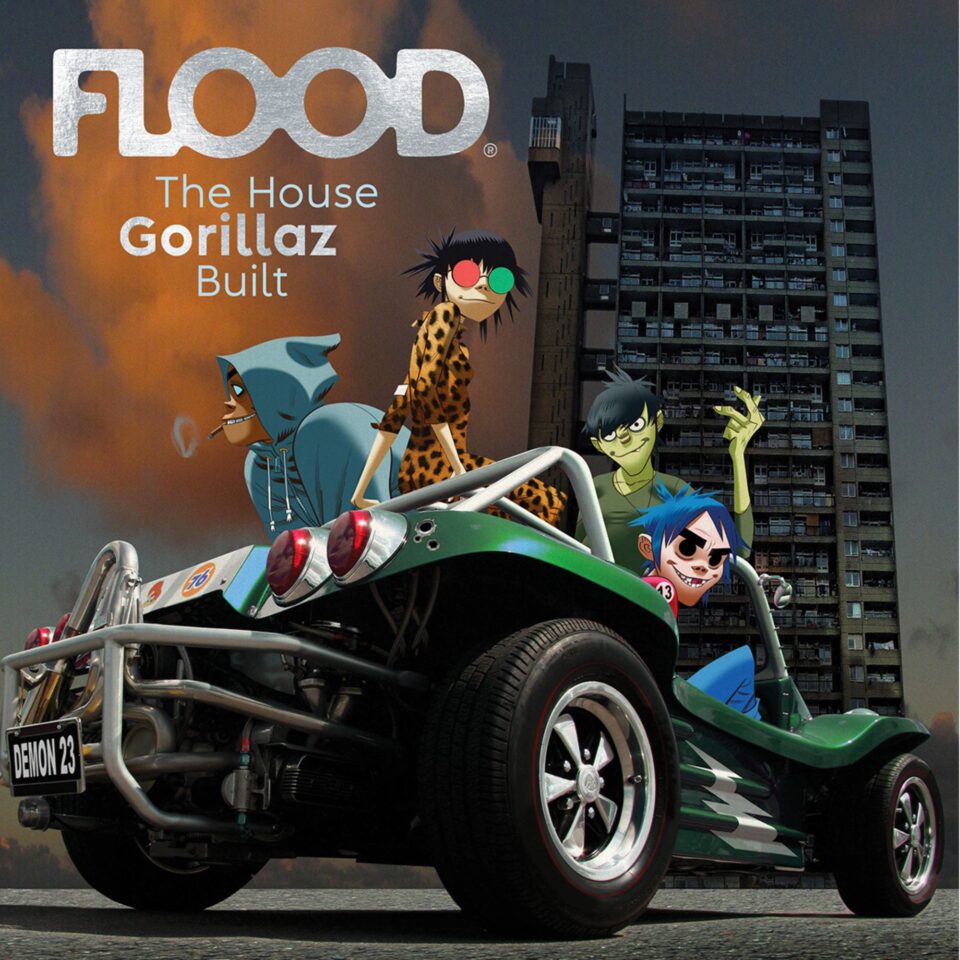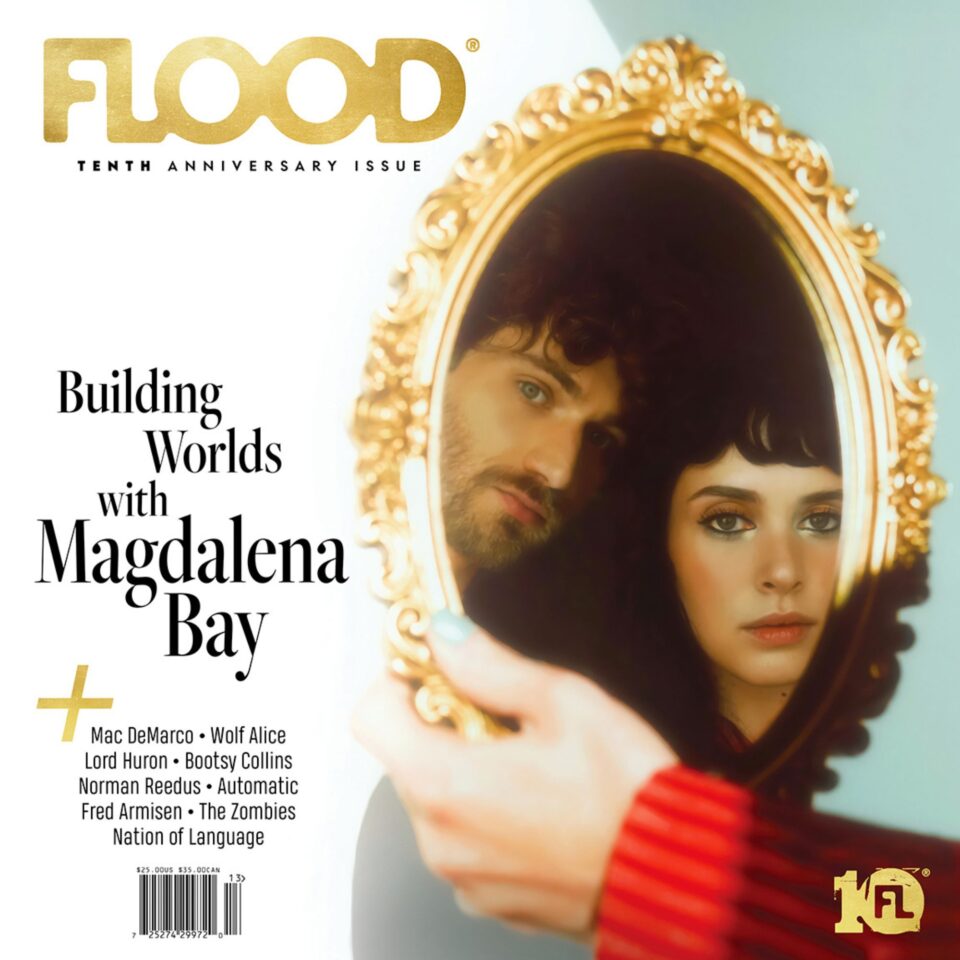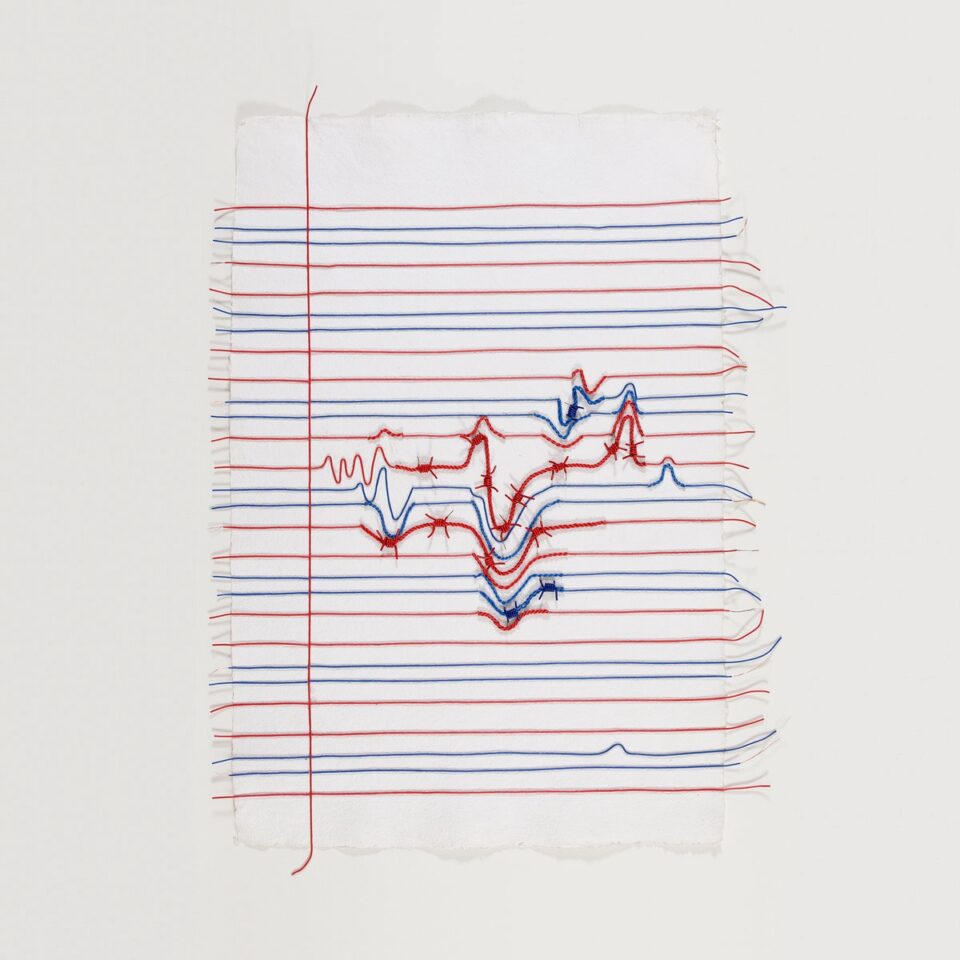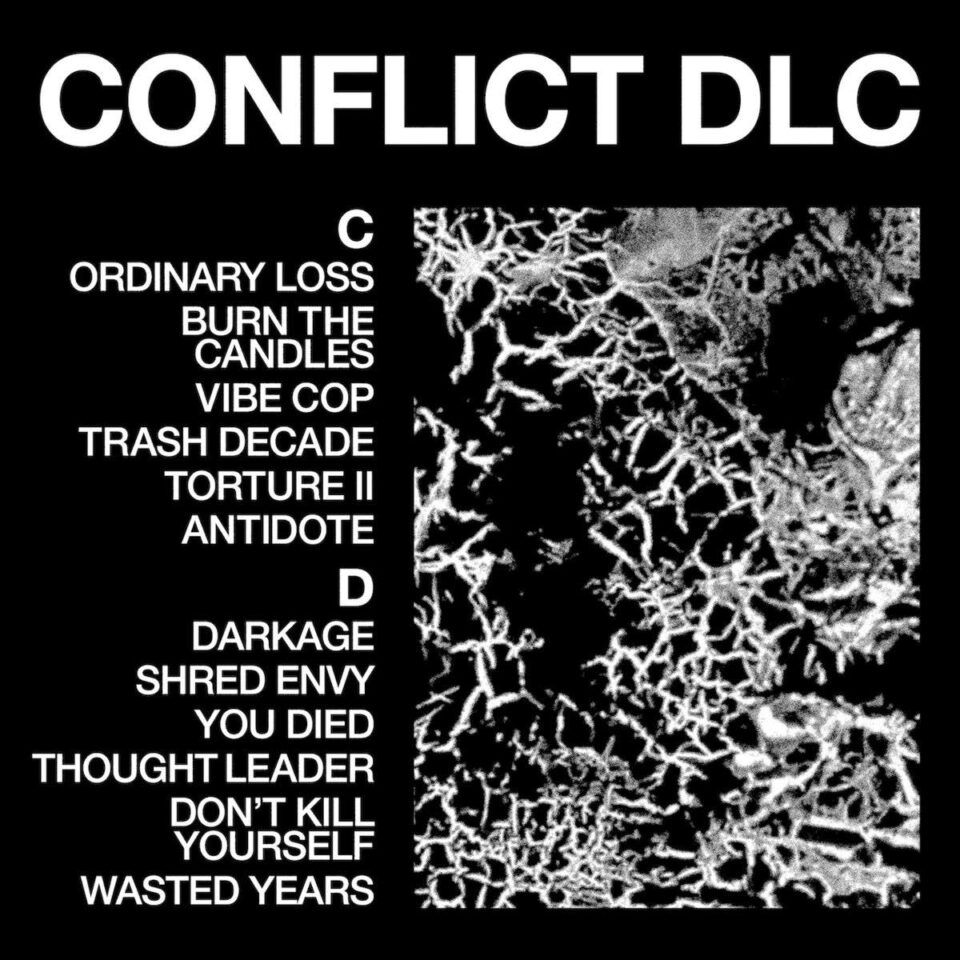Known for his work on films like Seven, The Immigrant, and Uncut Gems, cinematographer Darius Khondji’s prolific career spans decades. Following Bong Joon Ho’s Mickey 17, the DP recently added his second project of 2025 to his already-impressive filmography with Eddington, director Ari Aster’s fourth feature-length film and his first collaboration with Khondji. Khondji’s the master of mood and the king of contrast, and his latest work once again proves that his versatility knows no bounds.
The neo-Western takes place in the tiny fictional town of Eddington, New Mexico, where isolated desert folk become even more so in May 2020 during the early stages of the COVID-19 pandemic shutdown. Masking mandates, QAnon-esque conspiracy theories, and performative politics exacerbate the predictable petty small-town bickering. In true Aster fashion, things fall apart; the center cannot hold, and the fallout is devastating. Eddington is a film that lingers. Lured in by its dynamic cast (Joaquin Phoenix, Emma Stone, Pedro Pascal, Austin Butler), audiences will leave pondering the film’s carefully curated thematic content, which explores self-surveillance, the subjectivity of truth, and the inevitable takeover of AI, all while imploding the American myth of rugged individualism.
Film industry professional Henry Shaffer and I spoke with the Oscar-nominated cinematographer ahead of Eddington’s release. Insightful and humble, Khondji graciously spoke with us via Zoom from rural Normandy in an old family house in the “middle of crops and fields” where he’s taking some much-needed leisure time after a grueling year of shooting.
Melanie Robinson: Your work seems thematically consistent. How do you choose who you work with and what you work on?
Directors are really the people who trigger my appetite for making films. The second thing that really triggers my desire is the cast, and number three is the script. I’ve done movies in the past with scripts that I’m not completely in love with or even don’t completely understand, but I so much wanted to work with the director that I trusted them with its evolution and taking it to a place where it’ll play well together—like a band. When I was very young, I only thought of being a director. It was around the time when I went to film school that I realized I was more fascinated by the mood, the creation of the feeling—therefore, the light—and the framing.
[Eddington] was a meaningful script. You could already feel the depth, and you could feel the potential of what you could do with it. I was electrified by the cast. I was excited to work with Joaquin again, and to work with Emma. She’s becoming such a versatile talent in the way she acts. It’s incredible to see her progression.
Robinson: Have you worked with Pedro Pascal previously?
I’d never worked with him, but I feel a little bad because I hadn’t seen him on screen, believe it or not. I’m not a big TV person, so I watched clips of him before working with him. He’s very thoughtful and very deep when you realize why he did this movie and what he discovered from it.
“[Eddington] was a meaningful script. You could already feel the depth, and you could feel the potential of what you could do with it.”
Henry Shaffer: I’m curious what references you and Ari worked with in preparation for Eddington.
Ari and I had a list of movies we were watching, ones that he wanted me to watch and ones I wanted him to watch, so we made a common list together: Nashville, The Last Picture Show, Bring Me to the Head of Alfredo Garcia, The Wild Bunch, Five Easy Pieces, Elmer Gantry, The Chase, McCabe & Mrs. Miller, My Darling Clementine, The Ballad of Narayama. There were a lot of films—a lot of very different films—but all had some relation with our movie.
Ari introduced me early on to the idea of a “modern Western” for this film. For me, Westerns are very real, like a very classic period Western. I wasn’t sure what this “modern Western” could be, but then I watched movies like the Nicholas Ray film I love, Lusty Men. For me, references are like friends you travel with. You have it in you, but you don’t necessarily use it literally. It’s haunting you when you actually prepare and photograph the film.
Robinson: How did you approach this film to make it look like an Ari Aster film?
It’s something I always want that the movies I worked on ultimately, in my ideal world, look like their creator, like the director. For me, it’s completely him with his world and the way he thinks about the world today. I’m not a good judge of my work, but I imagine that it’s quite different than anything else I’ve been doing recently, because Mickey 17 is completely the opposite. The next one that will come out at the end of the year [Marty Supreme] is completely different, even though [Josh Safdie] is a young filmmaker like Ari. They know each other, same generation, but they’re radically different because their references are different, and that’s so exciting for me. As long as this happens, I can keep on doing movies.
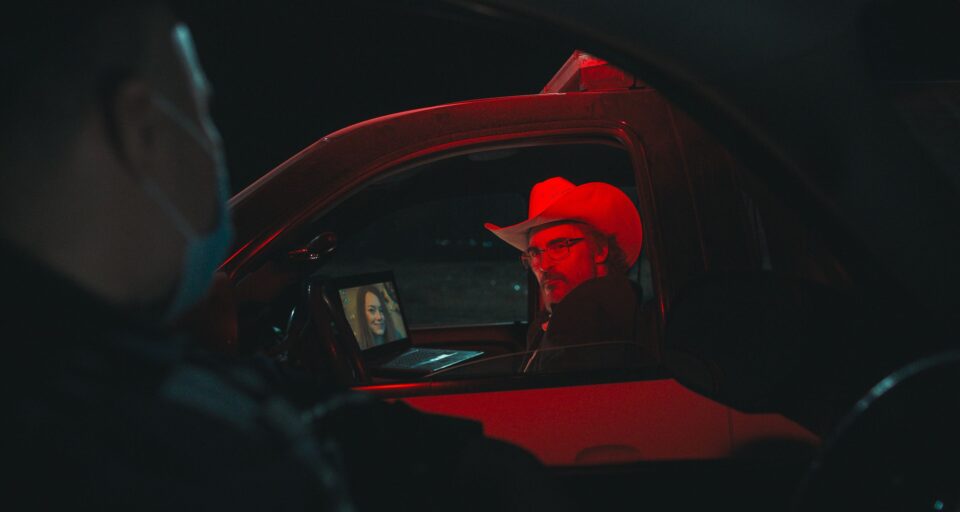
Shaffer: I’ve heard you talk at length about your love of film, your love of CinemaScope, but also always letting the project and director guide you. What went into those decisions, especially shooting this digitally?
I love our movie very dearly, but it’s a different film than I imagined photographing at the very beginning. We wanted to shoot film, but the last movie Ari did was Beau [Is Afraid], which was not a big box office success, so we had a restrained budget. We started filming in digital, and we started shooting with different camera bodies, because I love large format. I knew the image I had of this film in my head where the exteriors were very bright, almost to the point of overexposure, and the night exterior would be very dark.
We had this image of contrast in our movie. On real locations, you’re dealing with small sets, small houses, so if you use anamorphic lenses, you have to use a wide-angle. You can’t shoot everything with a 50mm, 75mm, 100mm. You have to shoot with maybe 35mm or 30mm or 25mm. When we put these [wide] lenses on, the verticals start to bend a little bit. In real, old, classic anamorphic, the vertical bends slightly, and Ari doesn’t like that.
The 1.85 [aspect ratio] is one thing we’d been telling each other from the beginning. We’re in the desert, why do we have to shoot an old format? And I remember movies shot in the desert in 1.85, not in 2.40, and they were incredible. There’s something more minimal about it. The desert is just so huge, you don’t necessarily need it. It’s a statement—it means you’re focused suddenly on actors, you’re looking at faces, you’re looking at something more.
“References are like friends you travel with. You have it in you, but you don’t necessarily use it literally. It’s haunting you when you actually prepare and photograph the film.”
Robinson: The film takes place in, and was shot in, New Mexico, often at night. What were some logistical challenges of shooting in that space?
Shooting at night in the desert and not having a big budget was kind of a big challenge. The director is always really interested in the technique and the cameras and all that, but [Ari] was still in a dream. Directors are always in a dream; that’s what makes them who they are. You have to tell them, “OK, are you going to shoot everything in day-for-night?” for instance. The movie is so serious. It’s so about the day. It’s no wonder one of Ari’s favorite filmmakers is Michael Haneke, or Robert Bresson. He can’t stand lies in cinema. In the way you film, you can lie a lot. You can cheat a lot. He doesn’t really work that way; he has to be true, and I love that.
It took us a while to make the decision to light it. We were going to light it at night on a small budget, which was really difficult, and I was helped by the producer, Lars Knudsen. We mixed some day-for-night for some scenes that were completely impossible to light at night, where we wanted to have more visibility on the landscape, so we mixed day-for-night and [shooting at] night.
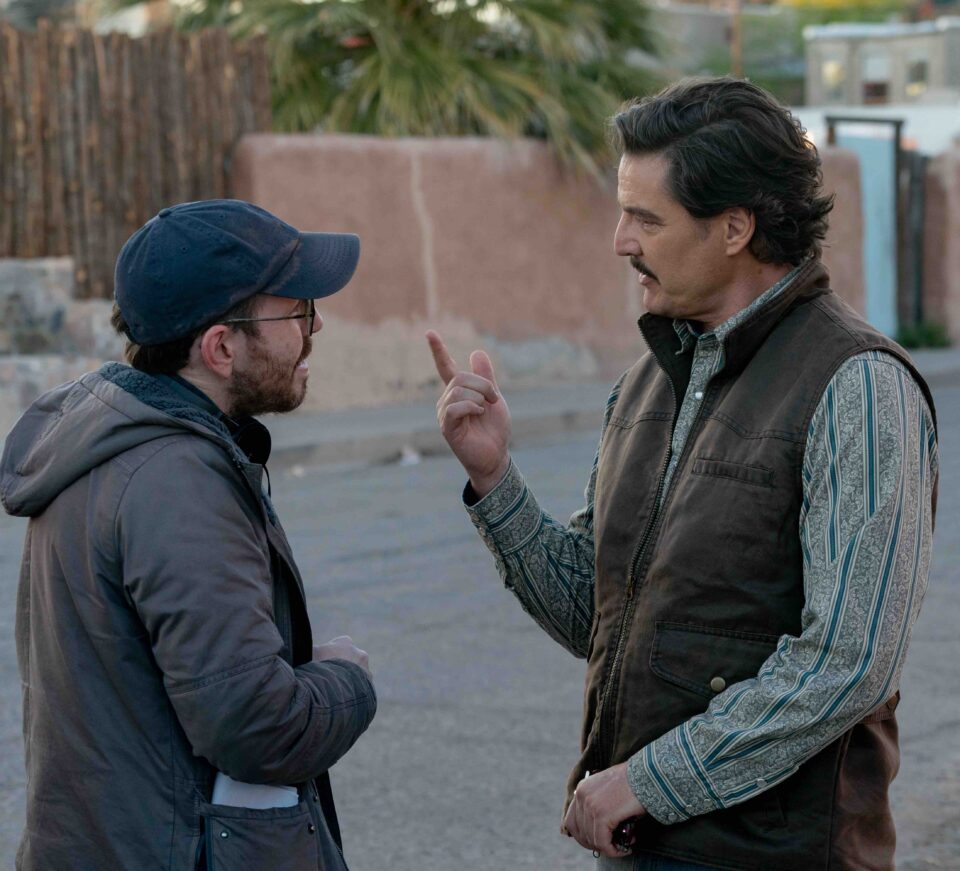
“[Ari] can’t stand lies in cinema. In the way you film, you can lie a lot. You can cheat a lot. He doesn’t really work that way; he has to be true, and I love that.”
Robinson: Austin Butler’s character says in the film, “The image is true; language is evil.” As someone who works in a visual medium, what truth can an image convey that words cannot?
Evil, for me, is all of this social media and all these things happening [on them]. Maybe it’s because I’m from a different generation than you and I see things differently. [Maybe] it’s not directly evil. It’s all the rest that comes with it, all the fake news, for instance. All the creation with AI reproducing images and the sound of someone, and you throw it to a mass of people—if this isn’t pure evil, what is?
Austin was a great revelation for me; it was like when I met Brad Pitt on Seven. I remember I had this electromagnet shock—you feel like, wow, there’s so much potential. I didn’t know him, and I hadn’t really watched any of his movies, but immediately I wanted to do another movie with him. He’s one of the most exciting actors today, I think.
Shaffer: What excites you in terms of looking for projects moving forward?
I’m being offered projects and I just turn them down because I don’t feel like I believe completely in the script. Which is not a great thing, because I missed a lot of opportunities in my career turning down films. But at the same time, I’m really mystical with films. I really feel there are projects you can do and others you can’t do, and with the mess of the world at the moment I really feel, on my humble little part, I have to work on films that have meaning. The movies I’ve been doing, I feel, have a very strong meaning. FL

